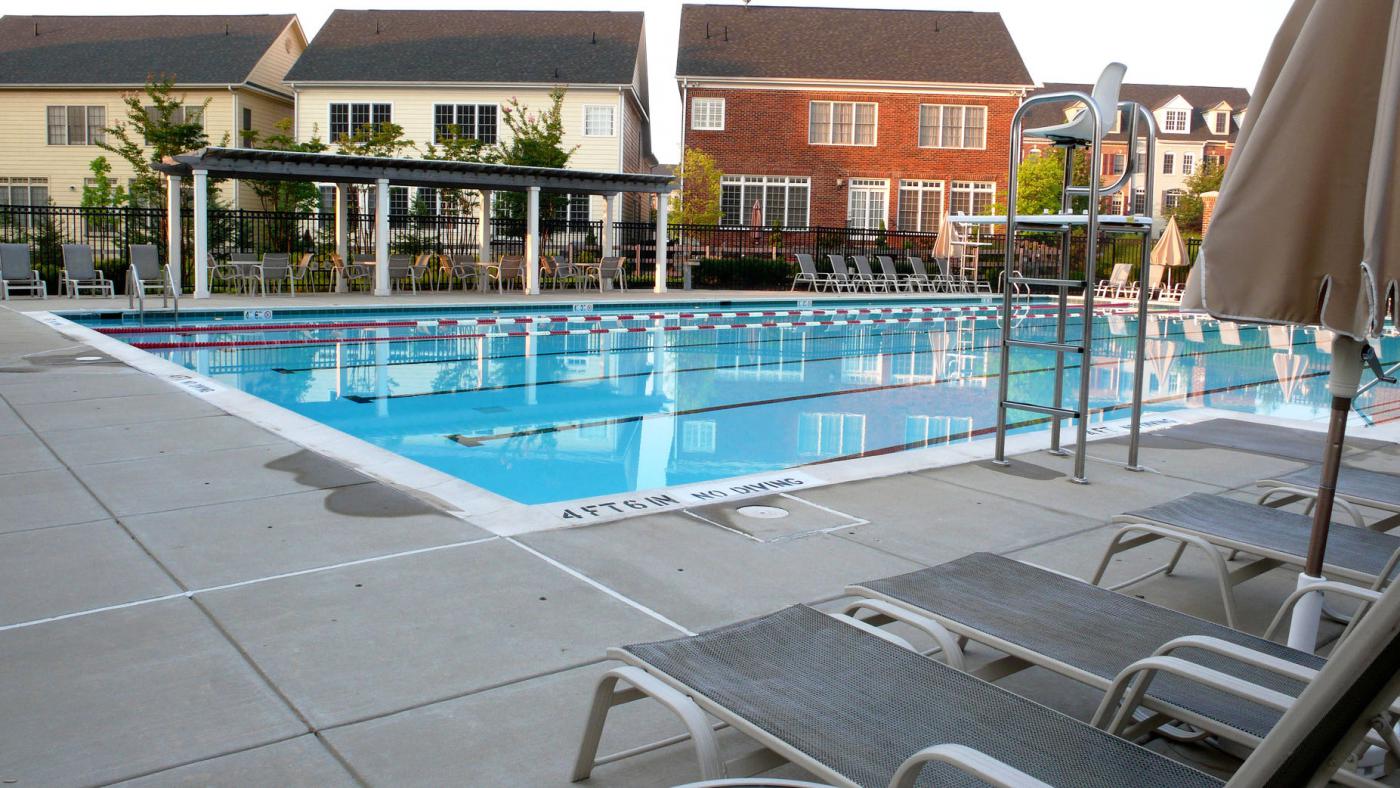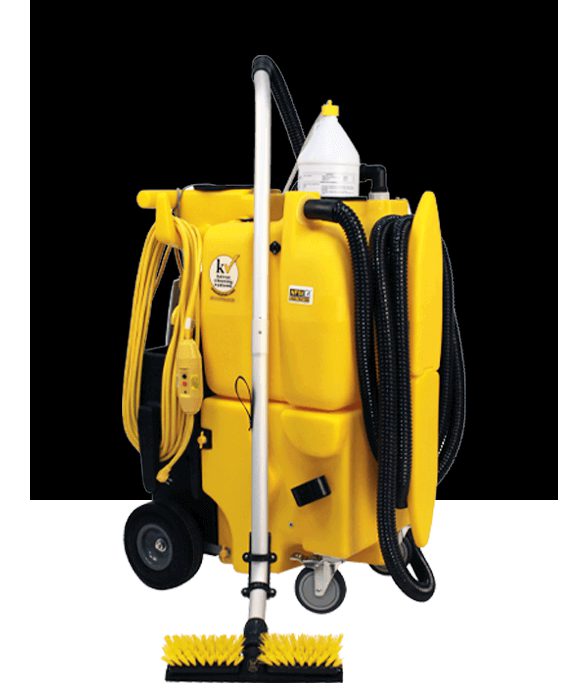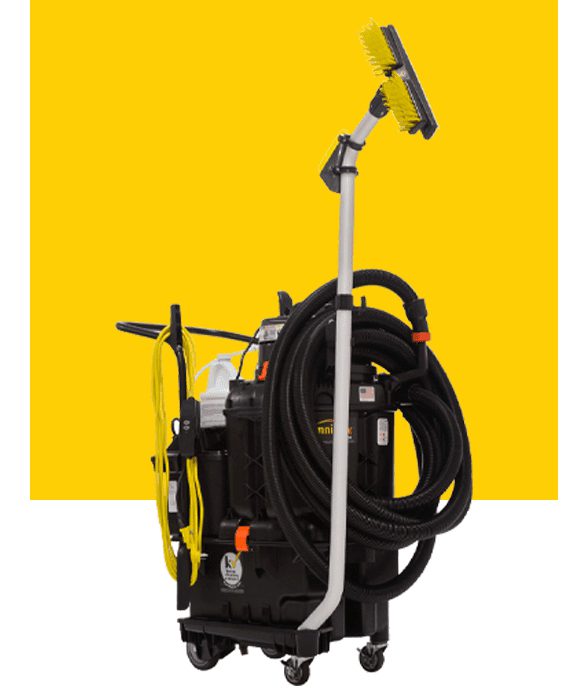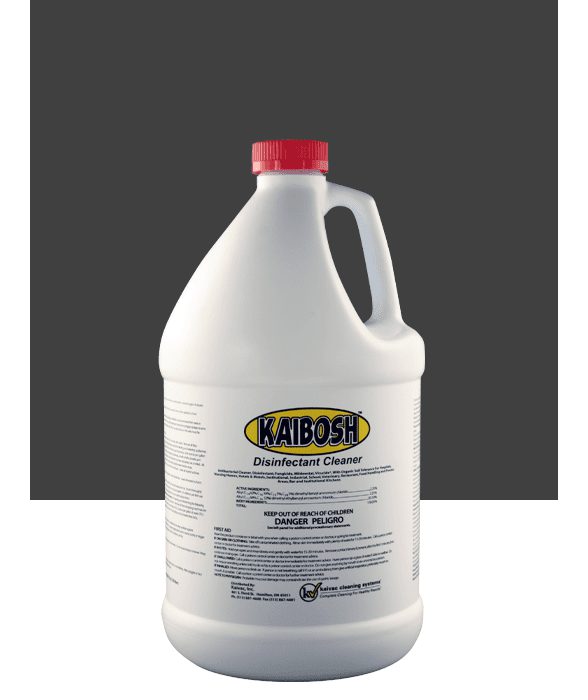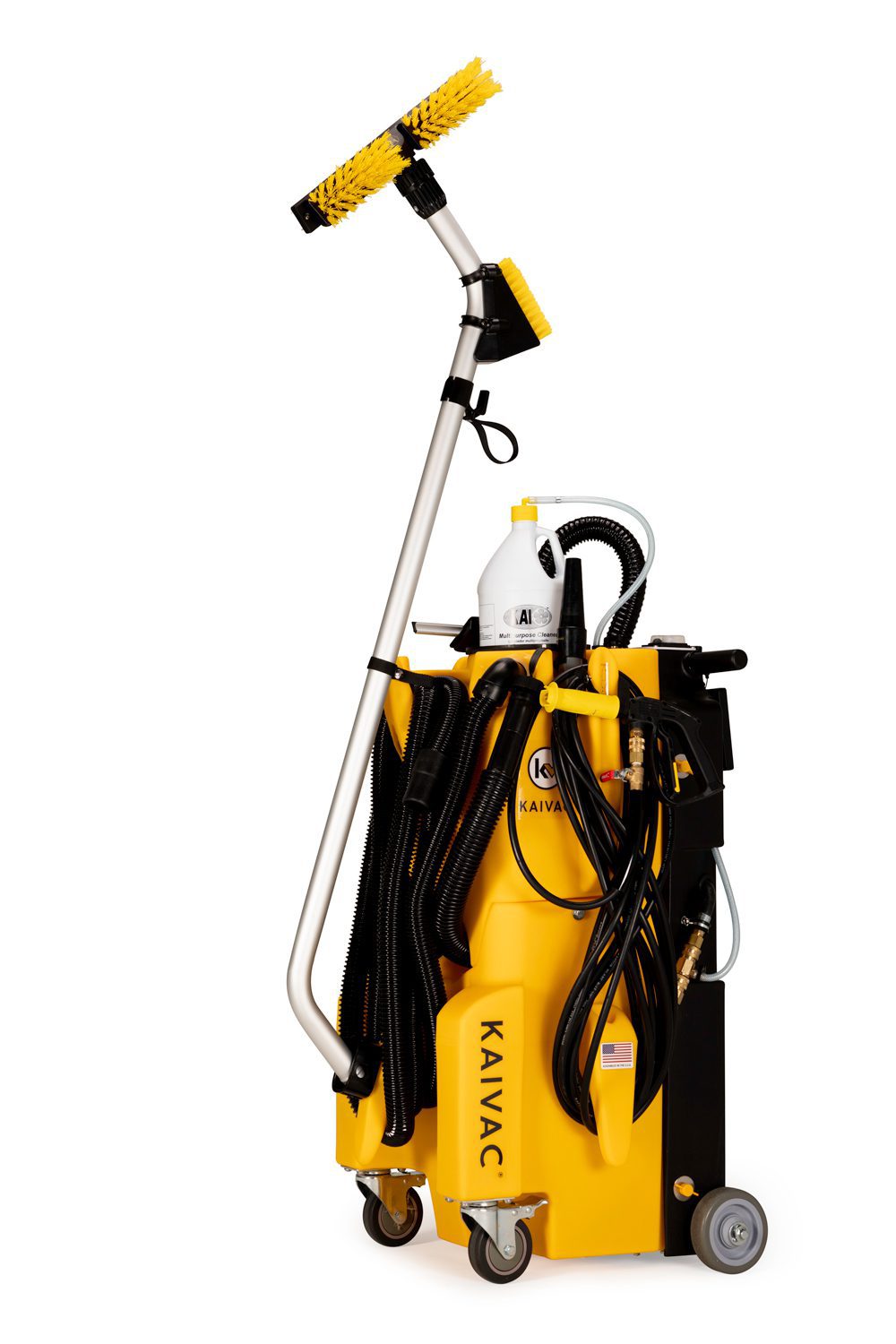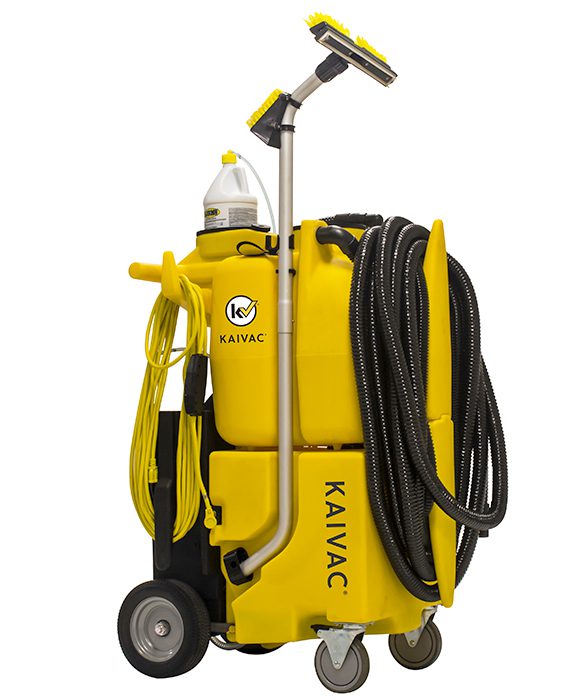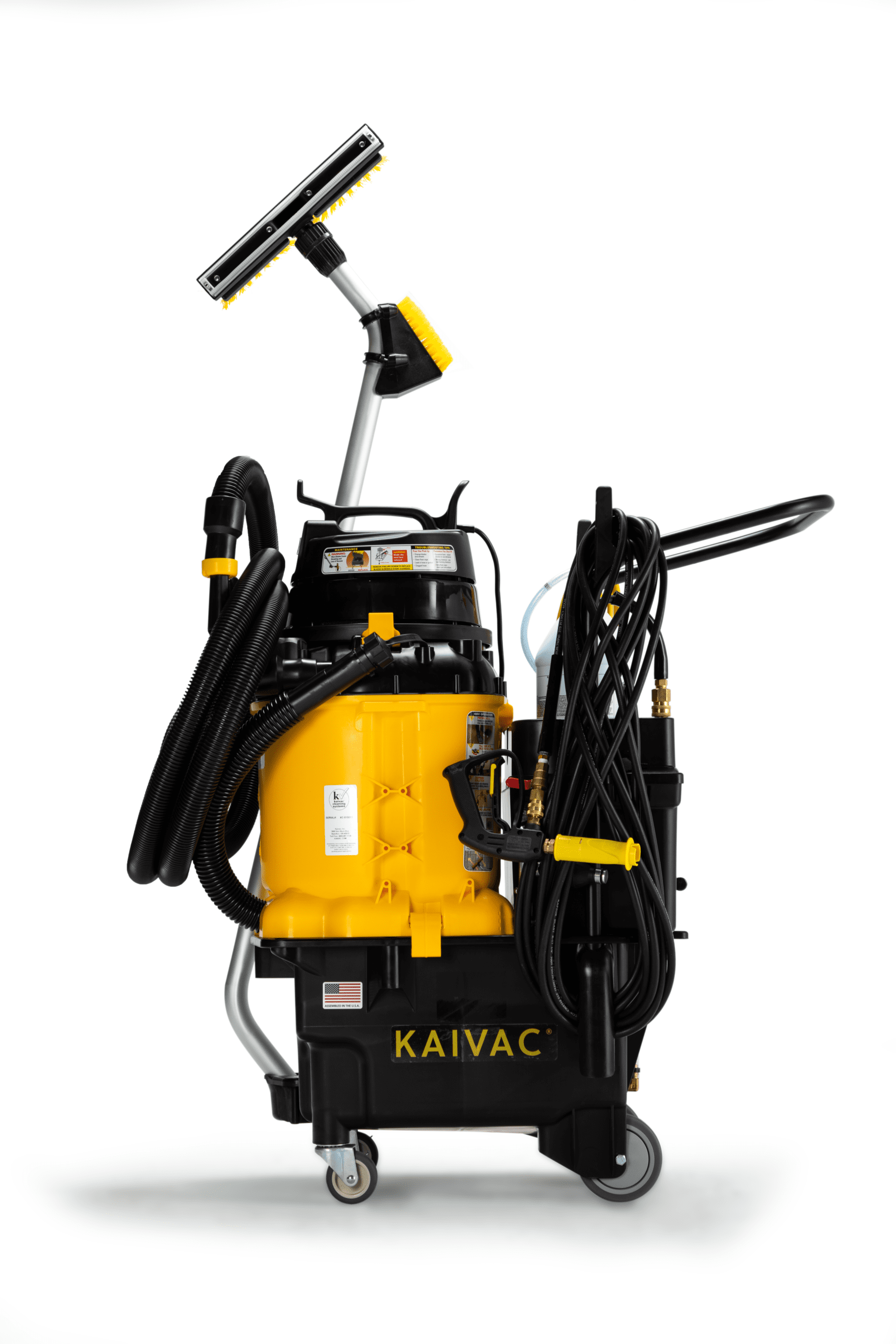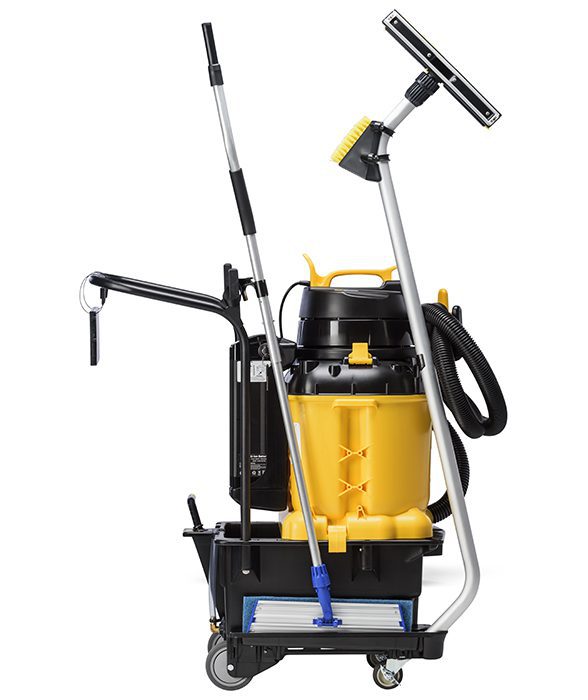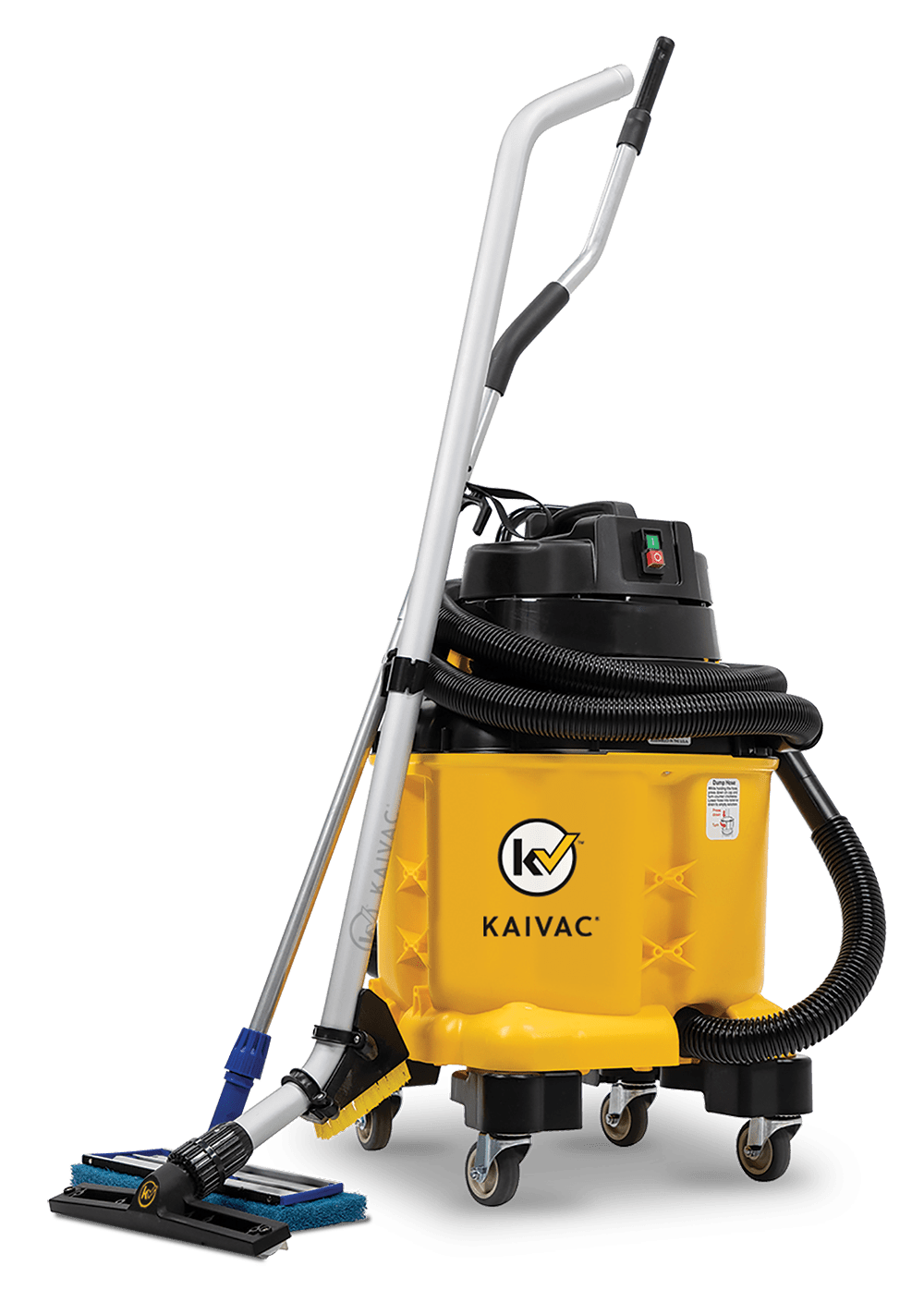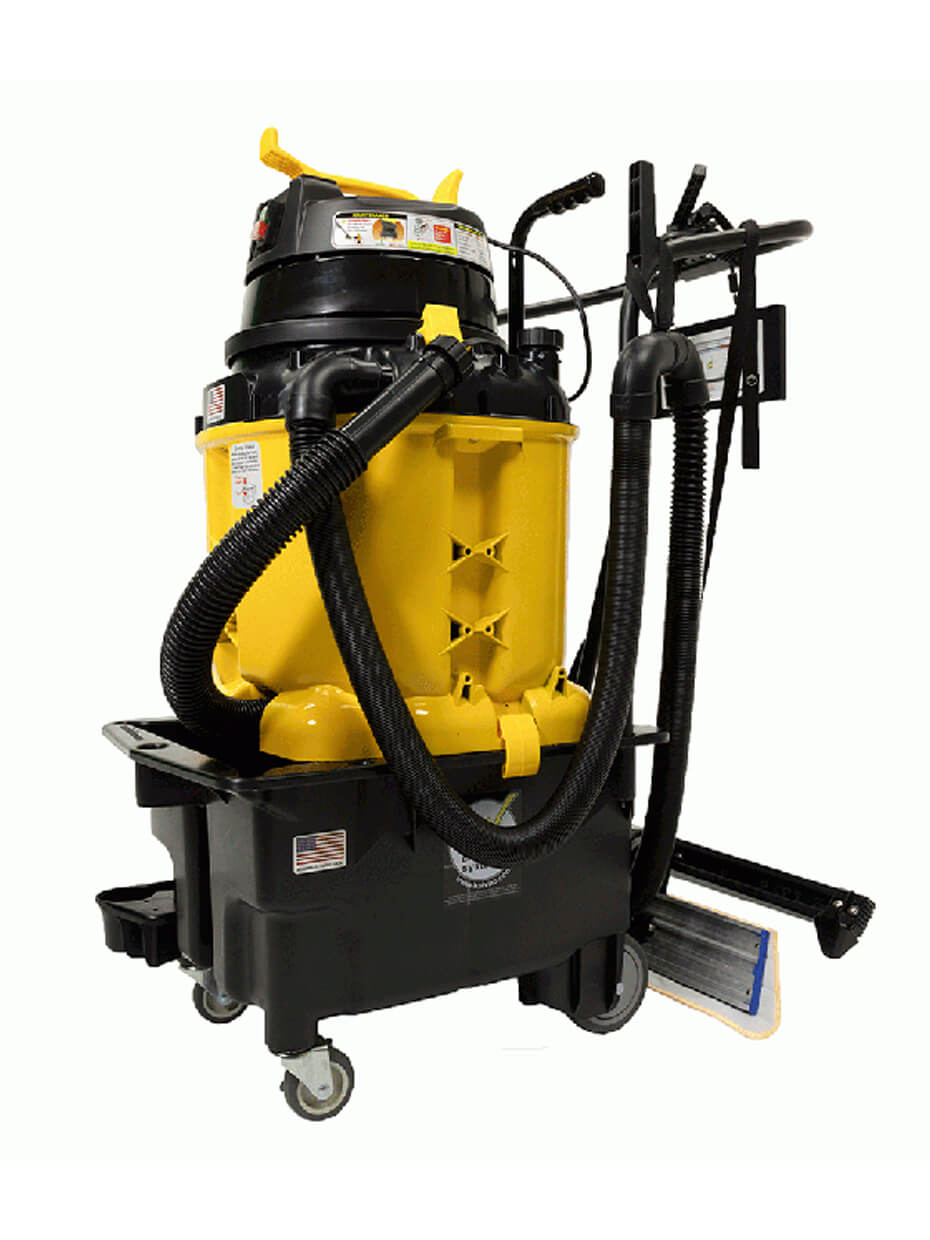Will summer 2020 be cancelled?
That’s the question on everyone’s lips. After a spring of suspended activities and postponed events, there is some good news as the nation heads into the hottest months of the year. It looks like swimming is a safe activity as COVID-19 does not transmit through water.
But don’t pile into the pool (or ocean, lake or river) just yet.
There are still risks associated with the pool, which makes cleaning, especially pool locker room cleaning, so important
Why the Water is Safe
Business Insider reports that viruses can pass through water if they are excreted in urine and feces and then accidently ingested by swimmers, according to Krista Wigginton, a associate professor of environmental engineering at the University of Michigan’s College of Engineering.
And there are plenty of water-borne illness that pool goers can contract including Pseudomonas, shigella, giarda, norovirus, and Legionella. 2019 even saw an uptick in cryptosporidium infections from pools and water parks, according to the CDC. This water-borne parasite causes unpleasant gastrointestinal symptoms like diarrhea and vomiting and is highly resistant to chlorine.
But swimmers are not at a heightened risk of contracting COVID-19 because, ‘in general, respiratory pathogens don’t survive in the water,’ according to Joseph Eisenberg, chair of the epidemiology department at the University of Michigan’s School of Public Health.
Plus, you have to inhale the virus to get sick, not swallow it. This means that swimming in the ocean, or at a lake or stream is relativity safe. As for pools, both indoor and out, chlorine should inactive the virus. In fact, the CDC claims that there is no evidence that the virus that causes COVID-19 can be spread to others through the water in pools, hot tubs, spas or water play areas.
Why Swimming is Still Risky
But before you grab your goggles and head to the pool consider this. There is still a risk associated with the crowds in and around the water. ‘It’s really the close contact with people – whether in the water or on land – that’s the concern,’ said Dr. Daniel Pastula, a UCHealth neuro-infectious disease expert on the UCHealth.org website.
‘Without proper social distancing, a water park or a pool might be a high-risk scenario. It’s not the risk of the water itself. It’s the density of people. And, it’s hard to wear a cloth mask when it’s soaked,’ said Pastula, who is also an associate professor of neurology, infectious diseases and epidemiology for the University of Colorado School of Medicine and the Colorado School of Public Health.
And the pool locker room poses even more concerns.
Pool Locker Rooms, Proceed with Caution.
Locker rooms by their very nature always posed some health risks. Dark, busy and continuously moist, they provide the perfect warm, humid environment for germs to thrive. Dangerous pathogens commonly found in locker rooms include tinea pedis (athlete’s foot), conjunctivitis (pink eye,) ringworm, Herpes Gladiatorum (mat herpes) and even the potentially deadly Methicillin-resistant Staphylococcus aureus (MRSA.)
Now add COVID-19 to the list.
It makes sense. Locker rooms are natural gathering spots after all, commonly packed with people showering, dressing, socializing and spreading respiratory droplets everywhere.
The threat of spreading COVID-19 in locker rooms has professional, college and high school sports organizations rethinking protocols. The NHL, for example, will encourage players to shower at home wherever possible. The University of Southern California is thinking about staggering locker room use for their football team and limiting time in the space.
USA Swimming is advising swim teams to wear swimsuits to and from practice, shower at home and avoid the locker room altogether.
Cleaning is Still Key
So yes, you can safely swim in as long as social distancing protocols are maintained both in and out of the water. As far as using the pool locker room…well sometimes it can’t be avoided. Especially if that’s where the restroom is located.
As is the case with other spaces, for safer pool locker rooms cleaning is key.
The CDC has put out a series of guidelines that ask staff to regularly disinfect frequently touched surfaces, or touchpoints around the pool and in the locker room. Areas that require special attention include:
- Pool ladder handles
- Water slides
- Lounge and deck chairs
- Tabletops
- Pool noodles
- Kickboards
- Door handles in locker rooms and restrooms
- Showers
- Handwashing stations
- Diaper-changing stations
For pool facilities that provide towels to patrons, the CDC advised washing in the warmest appropriate water temperature and allowing them to dry completely. It also suggested devising a system so that furniture, pool equipment and other items are disinfected before being given to the next user and are kept separate from ones that have not yet been cleaned.
They also recommend using no-touch trash cans.
Doing all of this extra cleaning will put a strain on your staff if you arm them with, conventional cleaning tools like mops, buckets and rags. Choose a better option, like Kaivac’s Spray-and-Vac machine. This technology removes dirt, soils and dangerous pathogens quickly and completely. Pair it with an EPA-registered disinfectant, like KaiBosh hospital-grade disinfectant to kill pathogens like COVID-19.
Pool locker room cleaning is essential for a safer summer. Kaivac No-Touch Cleaning Machines work best with hard surfaces including tile, concrete, laminates and others surfaces.
